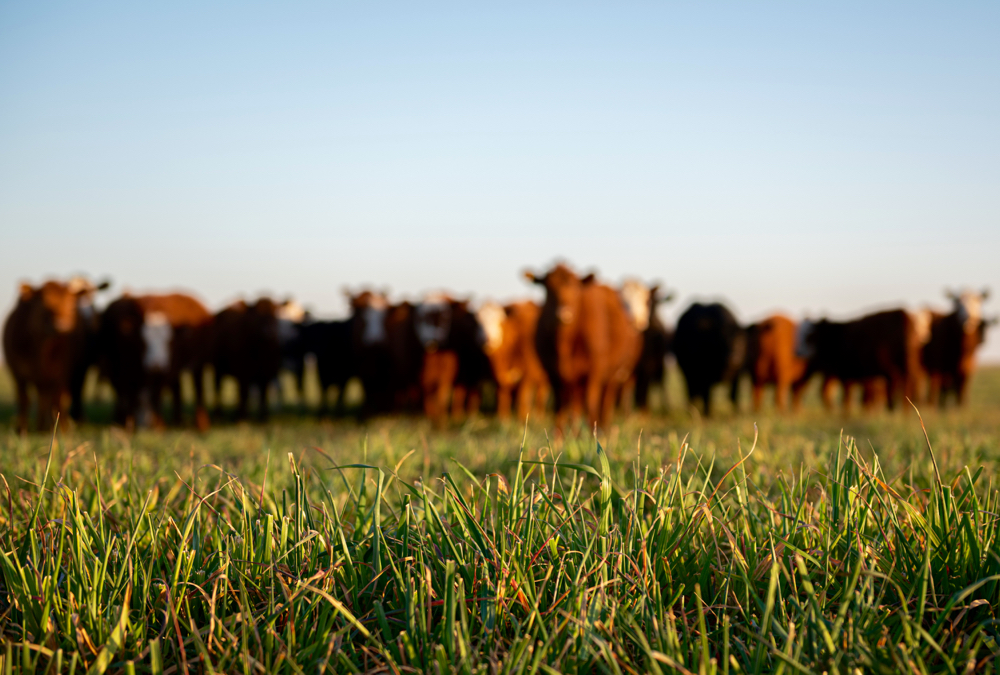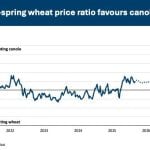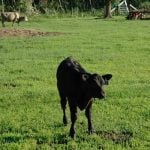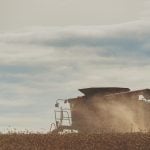Anneline Padayachee often finds herself amazed at the work farmers and ranchers do.
“It’s an amazing product, what you guys produce,” she said while presenting at the banquet of the Western Canada Conference on Soil Health and Grazing in Edmonton, Alta., on December 11, 2024.
Padayachee is a food scientist and nutritionist from Melbourne, Australia. She has a PhD in nutritional food science and has worked both in research and within the food industry. Now, she provides independent scientific advice to many clients and industries, and advocates for food production and nutrition science to improve public health.
Read Also
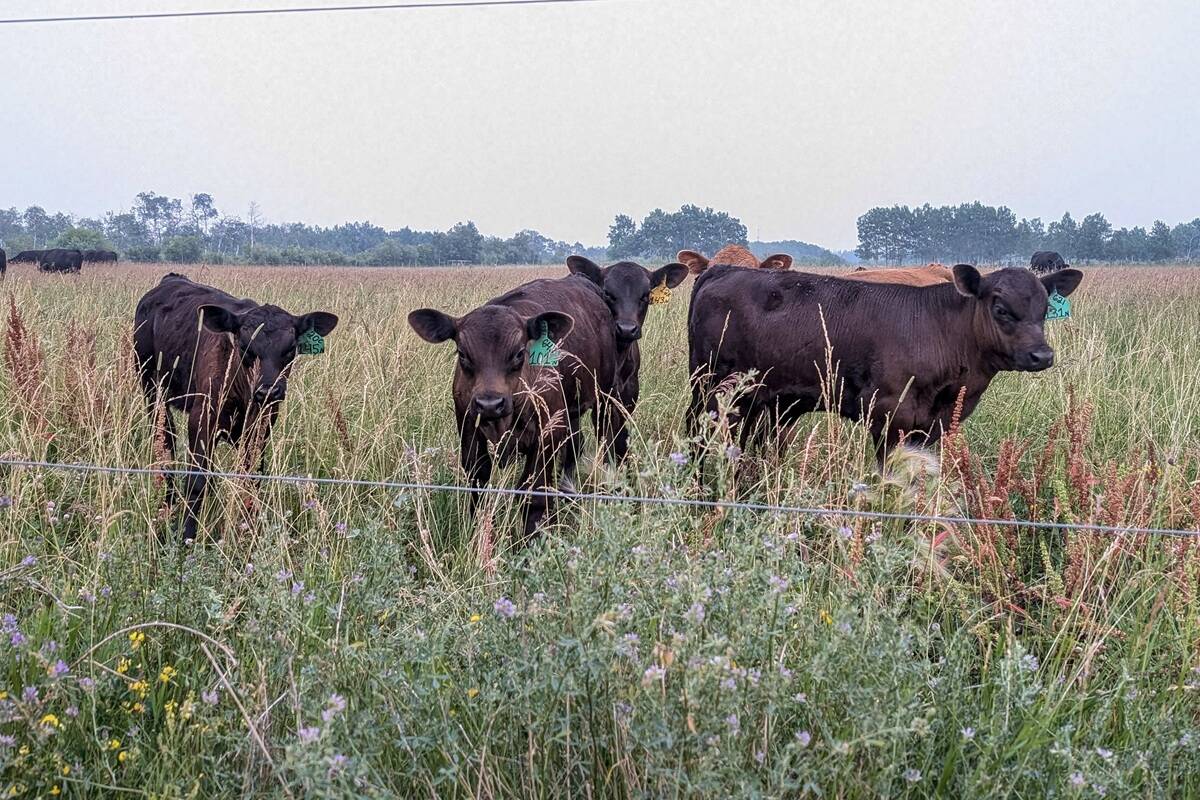
Methane-reducing solutions for beef cattle have a ways to go, say Canadian scientists
Companies developing vaccines that inhibit methane (CH4) production in cattle are facing challenges, say experts, and in the process finding their development is more complex than first thought.
That work includes combatting misinformation regarding beef and nutrition.
Evolving understanding of nutrition
Nutrition is a relatively new subject of research compared to other sciences, and as a result, understanding of nutrition and recommendations is constantly changing. For example, the gut microbiome has only become part of the conversation in the past few decades, meaning more research must be done to learn about its role in nutrition. Bacteria in the gut microbiome consume whatever is not absorbed by the digestive system.
Important concepts in nutrition include micronutrients, which are needed in small quantities but don’t contribute to energy, and macronutrients, which are needed in larger quantities to produce energy. Macronutrients include carbohydrates, fat and protein. There are also 14 vitamins and 22 minerals that are essential to the human body.
“In food, we don’t eat nutrients in isolation. This is why nutrition for humans can be very complicated.”
That is also why diverse diets are important.
There are many misconceptions about the nutrition of beef and red meat, she says, such as the idea that beef is carcinogenic.
“If you take a steak and you burn it, you overcook it, and you make it almost like charcoal — yes, you are creating those compounds in there. But you do that with toast as well… So do we say bread causes cancer? No.”
The answer isn’t to eat a bunch of meat, or to eat none at all — instead, it is important to find balance, combining complete proteins with vegetables, she says. Proteins help to break down carbohydrates and starches so people can gain energy from those foods.
Complete proteins, or animal-derived proteins, are important because they consist of not just protein but many other nutrients, such as amino acids, fatty acids and minerals.
Plant-based proteins often don’t have the same amount of necessary nutrients.
“Meat is not just protein. I hear that all the time in Australia —‘protein producers.’ No, you’re not. You are a multi-nutrient producer. That’s really what you are. Yes, it has protein in there, but it’s got all this other stuff in there that you cannot ignore.”

There are different dietary requirements for men and women, for young adults and elderly people and for people with different activity levels. For example, a high-performance athlete would need more protein than the average person.
Part of Padayachee’s work involves providing a more complete picture of red meat’s role in nutrition.
Beef is often criticized for being unhealthy or for contributing to climate change. Padayachee says in reality, there are much bigger issues with both health and sustainability, and beef is a nutrient-dense product.
“I always find seeing that really fascinating, about this overconsumption of beef. Yet we never seem to see much research on overconsumption of junk food, which is absolutely the bigger problem here.”
Solutions to world hunger?
In 2022, 9.2 per cent of the world’s population faced chronic hunger. And with the global population continuing to increase, combatting world hunger is a large topic of conversation.
One thing Padayachee sometimes hears is that plants will be the driving force to feed the world. However, she says it isn’t as easy as that.
“If plants were saving the world, the Third World would not be the Third World.”
In developing countries, many people exclusively eat plants and starches because it is all that is available to them. But without enough protein in their diets, they are unable to break down the carbohydrates they are consuming into energy. If they could incorporate more meat into their diet, they would be able to get the energy they need.
“Those people who live in the Third World do not have the luxury of choice, and they have micronutrient deficiencies. And we could fix a lot of their problems if they had two-thirds of the revenue we do,” Padayachee says. “So eating plants is not going to fix the world’s problems.”
It’s up to food scientists to learn how to make food economically accessible to as many people as possible, she says.
“You produce something that both high-income earners and those low socioeconomic groups — everybody has to have. We all need food.
“What component do you bring to a healthy diet? And it has to work regardless of income. If nutrition only works for people who can afford it, then it is privilege.”
Despite all these challenges, Padayachee says it is important for farmers and ranchers to acknowledge their own contributions to nutrition.
Padayachee sees agriculture and the beef industry as one of the greatest sources of nutrition. She says producers are going to help feed the world. They are also the ones who have the biggest effect on the nutrition available to people through their products.
“You affect the environment, you affect quality of life, you affect dietary patterns, because you produce those individual nutrients in the form of edible food.”
With massive population growth occurring in the world — projected to reach 10.8 billion by 2100 — the agriculture sector is more important than ever.
“You create nutrition. This is important. You are necessary. If we can grow this sector, that is actually what we really need to do.”








